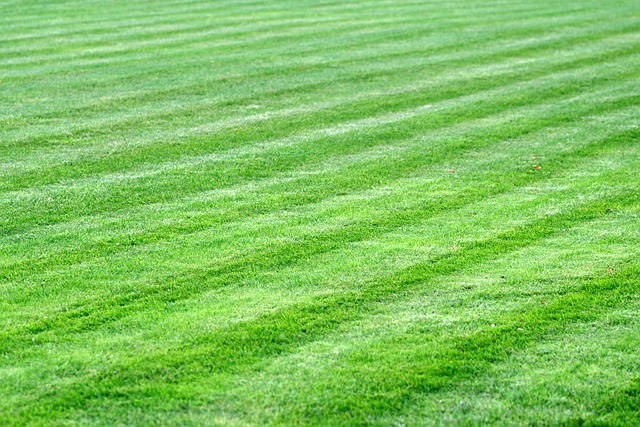Cool Season vs Warm Season Grasses: What's the Difference?

A lush-green bed of grass is the foundation for all landscapes. Regardless of what trees or plants you intend to include in it, your landscape will need grass. There are different varieties of grass, however. The United States, in fact, is home to over 1,400 varieties of grass, each of which has unique characteristics. With that said, most of these varieties fall under the category of cool season or warm season.
What Is Cool Season Grass? Cool season grass is any variety that starts growing during the early spring season and continues to grow until late fall. They are known as "cool season” grass varieties because they thrive in cool climates.
Their ability to withstand cool temperatures is responsible for their growth properties. Cool season grass varieties don't die during cold temperatures. They can often withstand the short cold snaps - including those that drop below freezing (32 degrees Fahrenheit) without dying.
What Is Warm Season Grass?
Warm season grass, on the other hand, is any variety that starts growing in the late spring season and continues to grow until early to mid-fall. Warm season varieties live up to their namesake by thriving in warm climates. They prefer temperatures of around 80 to 98 degrees Fahrenheit.
Warm season grass varieties are more susceptible to cold temperatures. Towards the end of the fall season, they'll enter a state of dormancy to protect themselves form the upcoming cold temperatures. Warm season grass varieties won't necessarily due while dormant. Nonetheless, they'll grow very slowly to conserve nutrients. Warm grass varieties will only emerge from this state of dormancy during the following late spring season.
Choosing Between Cool Season and Warm Season Grass
When choosing between cool season and warm season grass, you'll need to consider your climate. For Florida landscapes, warm season grass varieties are typically the best choice. Bermuda and centipede are two common varieties of warm grass that grow natively in the Sunshine State. There are certain cool season grass varieties that grow in Florida as well, but warm season grass varieties are a better choice because of their ability to thrive in warm climates.
Grasses are often categorized as either cool season or warm season. The former varieties are acclimated to cool climates, whereas the latter varieties are acclimated to warm climates. If you're designing a landscape for your business or residence in Florida, you should probably choose the latter.
This article was brought to you by Palmetto Coastal. For more articles, tips and news for your commercial landscaping and maintenance needs, please visit us at our website.
Recent Posts
- Whats the Best Way to Edge Flowerbeds?
- An Introduction to Gabions and How They Work in Landscapes
- What Is Bush Hogging? Here's What You Should Know
- 5 Best Practices for a Neighborhood Entrance
- 5 Things to Consider When Choosing a Commercial Landscaping Company
- Are you overwatering your landscape? Here are signs to look for.
- The Dos and Don'ts of Pruning Shrubs
- An Introduction to Ground Covers in a Commercial Landscape
- Cool Season vs Warm Season Grasses: What's the Difference?
- Real vs Artificial Turf Grass Which Is Best for Your Commercial Landscape

